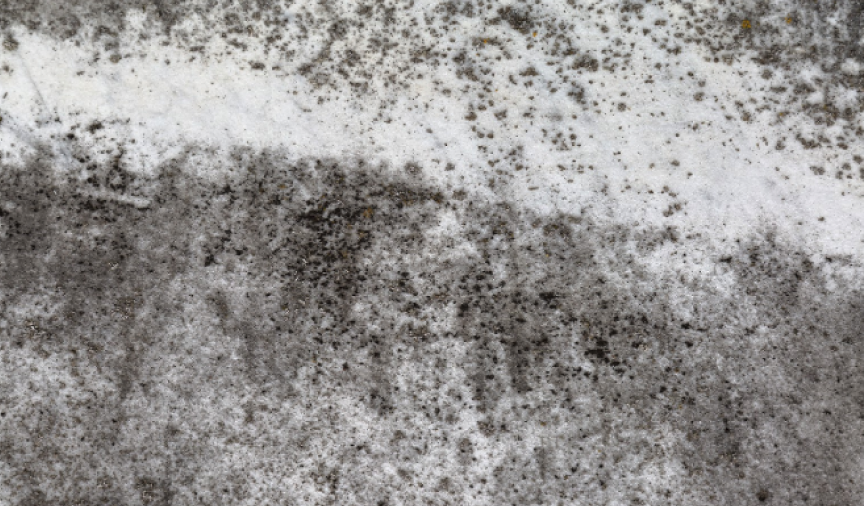05th July 2022
Have you noticed mould or damp in your home? The sooner you can find the cause, the better!
Removal is essential to prevent mould from producing allergens, irritants and toxic substances. The longer you leave it, the higher the chance of the mould negatively affecting your health.
Damp and mould in the home can cause several respiratory problems, including respiratory infections, allergies and asthma. It can also affect the immune system. It’s particularly dangerous for babies and children, the elderly, those with existing skin conditions like eczema, those with respiratory problems and those with a weakened immune system.
Ready to banish mould from your home? Here we’ll give you a rundown of the possible causes, tips to prevent mould growth and advice on how to carry out black mould removal.
What causes mould?
Mould is a fungus that breaks down dead material. It likes to grow in homes that offer ideal conditions for it, i.e. plenty of moisture, warm air and favourable materials to feed on, such as wood and carpet.
Mould and damp are usually caused by excess moisture. This may be a result of plumbing issues, like a leaking pipe, rising damp in a basement or on a ground floor or rain seeping in from a damaged roof or window frame. Mould can also grow in newly built homes if the materials used to build the property are still drying out, or the house is built in damp conditions.
Condensation is a key perpetrator in the growth of mould, hence why it’s often found in bathrooms. Condensation forms when the air inside a building can’t hold any more moisture, so by showering or bathing without adequate ventilation, you’re potentially increasing the chances of mould. The same goes for cooking and drying clothes indoors.
If you spot any of the following, you may have a mould problem developing in your home:
- Water droplets collecting on window sills and walls
- Black spots growing on your walls, surfaces and carpets
- Peeling paint or plaster
- Spots of mould on clothing and soft furnishings
- Plaster bubbling on interior walls
- Brown marks (known as tide marks caused by rising damp)
- Brittle and deteriorating skirting boards
- Damp, musty smell
If you notice any of these, you will need to find the source of the problem and get rid of the mould.
How to prevent damp and mould
Successful damp prevention and mould prevention can be achieved by limiting condensation in your home. Remember to use lids on your saucepans when cooking (and pop the fan on), try drying your washing outside on warmer days and open up a window for a few minutes each morning.
It’s also essential to make sure your home is well insulated. Properly-fitted double glazed windows are essential.
Heating your home correctly is important too. If your home is prone to excess moisture, we’d suggest using a dehumidifier to get rid of it. It’ll also keep your home warm and comfortable.
Finally, we’d advise performing regular inspections of your home’s exterior. Make sure the roof is regularly checked for holes and damage. Keep guttering clear and free of debris. Inspect exterior brickwork for cracking.


